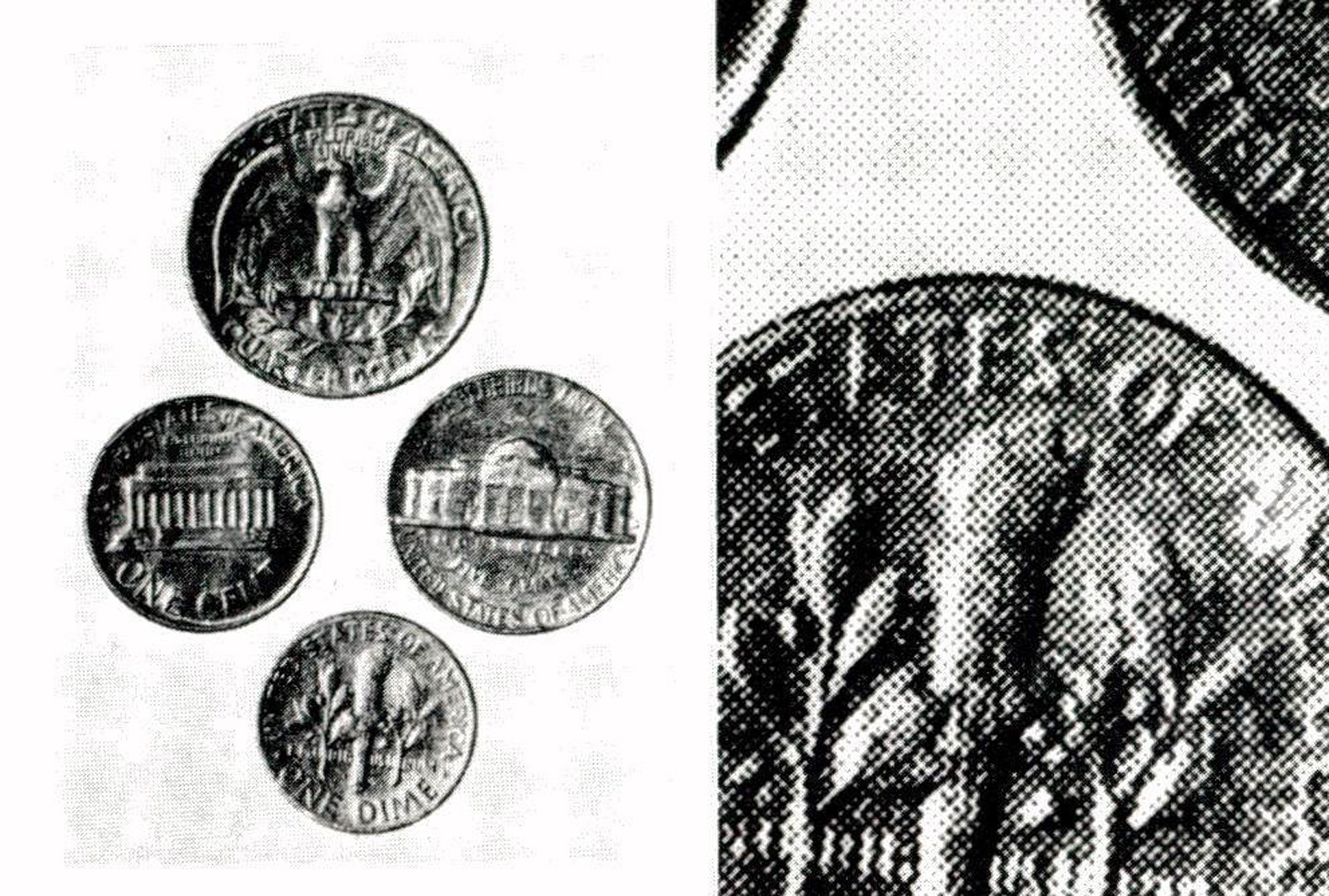“Human vision, anti-aliasing, and the cheap 4000 line display” by Leler
Conference:
Type(s):
Title:
- Human vision, anti-aliasing, and the cheap 4000 line display
Presenter(s)/Author(s):
Abstract:
Despite its other advantages, one of the major objections to raster graphics has been the poor image quality and aliasing effects caused by discrete sampling. These effects include “jaggies” or stair-stepping, crawling, line breakup, and scintillation. Several solutions have been proposed in the literature, however, most suffer severe drawbacks and are only partially successful at eliminating aliasing effects. One solution, area anti-aliasing, is not only effective, it produces results comparable to higher resolution systems. Using widely available data on human visual response, it is shown how this technique actually increases the perceived resolution of a display beyond the hardware resolution by factors of up to 16X. The requirements of such a system are discussed, as well as some of the problems encountered.
References:
1. Barros, J. & Fuchs, H., Generating smooth 2-D monocolor line drawings on video displays. Proc. SIGGRAPH ’79 pp. 260-269
2. Biberman, L., Perception of Displayed Information. Plenum Press, New York, 1973, pp. 3-4
3. Blackwell, H. R., Contrast thresholds of the human eye. J. Opt. Soc. of Am. 36-11 (Nov. 1946) pp. 624-643
4. Campbell, F. & Green, D., Optical and retinal factors affecting visual resolution. J. Physiol. 181 (1965) pp. 576-593
5. Campbell, F., The human eye as an optical filter. Proc. IEEE 56-6 (June 1968) pp. 1009-1014
6. Catmull, E., A hidden-surface algorithm with anti-aliasing. Proc. SIGGRAPH ’78 pp. 6-11
7. Catmull, E., A tutorial on compensation tables. Proc. SIGGRAPH ’79 pp. 1-7
8. Cornsweet, T., Visual Perception. Academic Press, New York, 1970, p. 341
9. Crow, F. C., The aliasing problem in computer-generated shaded images. Comm. ACM 20-11 (Nov. 1977) pp. 779-805
10. Crow, F., The use of greyscale for improved raster display of vectors and characters. Proc. SIGGRAPH ’78 pp. 1-5
11. Davidson, M., Perturbation approach to spatial brightness interaction in human vision. J. Opt. Soc. of Am. 58-9 (Sept 1968) pp. 1300-1308
12. Erickson, R. & Hemingway, J., Visibility of raster lines in a television display. J. Opt. Soc. of Am. 60-5 (May 1970) pp. 700-701
13. Freeman, H., Computer processing of line-drawing images. Computing Surveys 6-1 (March 1974) pp. 57-97
14. Schade, O., Electro-optical characteristics of television systems. RCA Review 9-6 (June 1948) pp. 5-37
15. Szabo, N., Digital image anomalies: static and dynamic. SPIE v. 162 Visual Simulation & Image Realism (1978) pp. 11-15
16. Thompson, F., Television line structure suppression. J. SMPTE 66-10 (Oct. 1957) pp. 602-606




